One of the forces acting on a certain particle depends on the particle's position in the xy-plane. This force →F expressed in newtons, is given by the expression →F=(xyˆi+xyˆj) where x and y are in metres. The particle is moved from O to C through three different paths :-
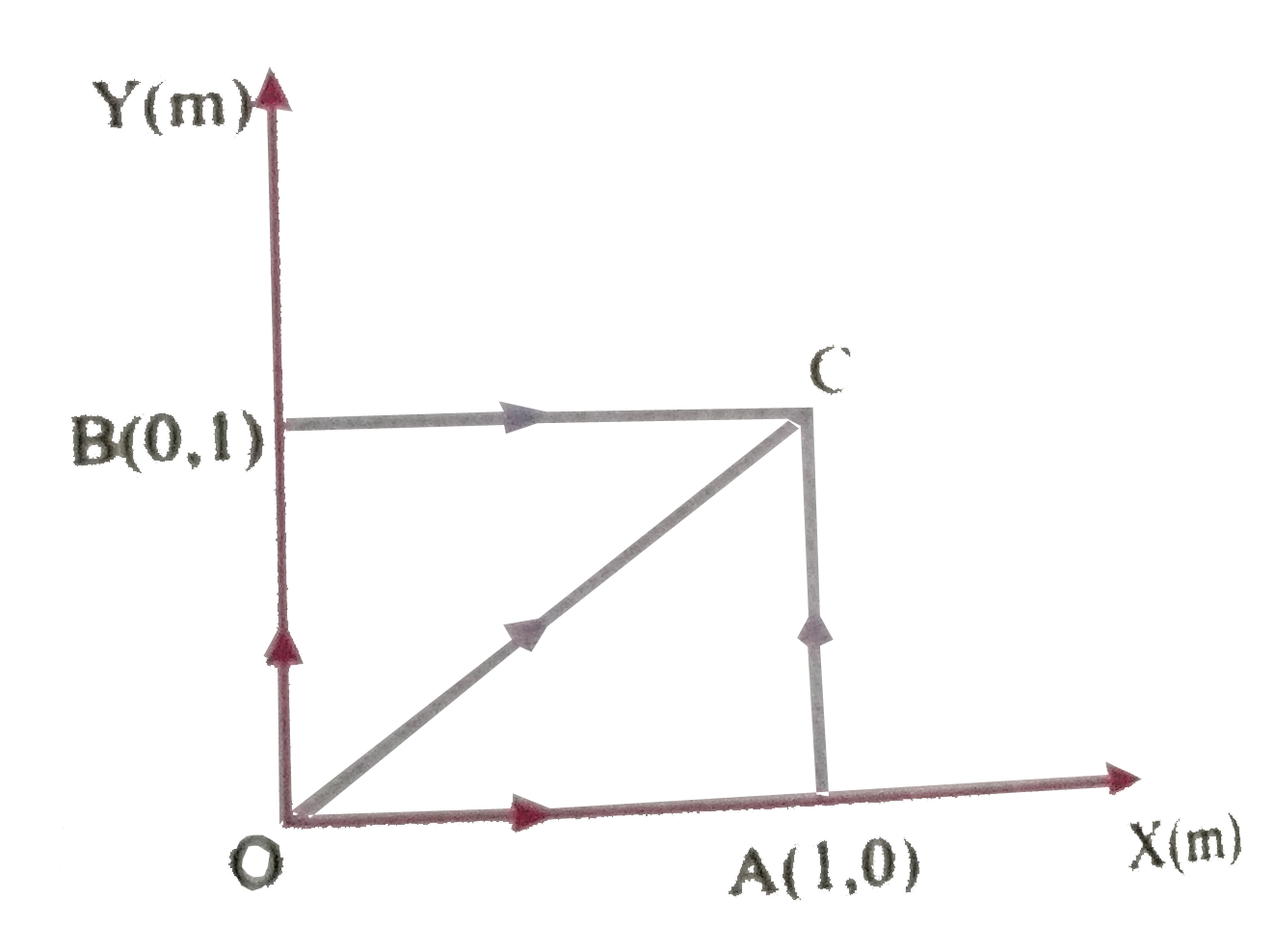
The work done by this force on path OC is
12J
−12J
23J
−23J
The correct Answer is:C
For each of the paths from O to C, work done is given by W=∫→F→ds
Where →F=xyˆi+xyˆj and →ds=dxˆi+dyˆj, so the dot product →F.→ds=xydx+xydy. The path OAC consists of OA and AC. Along OA,y=0 and dy=0, and along AC,x=1 and dx=0.
So, WOAC=WOA+WAC=0+∫10ydy=∣∣∣y22∣∣∣10=12J.
Topper's Solved these Questions
- BOOK - NARAYNACHAPTER - WORK POWER AND ENERGYEXERCISE - Level-V (Integer)5videos
WORK POWER AND ENERGY
- BOOK - NARAYNACHAPTER - WORK POWER AND ENERGYEXERCISE - Level-VI (Single Answer)31videos
WORK POWER AND ENERGY
- BOOK - NARAYNACHAPTER - WORK POWER AND ENERGYEXERCISE - Level-V (Multiple Answer)13videos
WORK POWER AND ENERGY
- BOOK - NARAYNACHAPTER - WORK , ENERGY & POWER EXERCISE - EXERCISE IV43videos
WORK , ENERGY & POWER
Similar Questions
A force acting on a certain particle depends of the particles position in the xy-plane. This force F is given by the expression
→F=(xyˆi+xyˆj)(1N/m2)
where x and y are expressed in metre. If →F is a conservation force ?
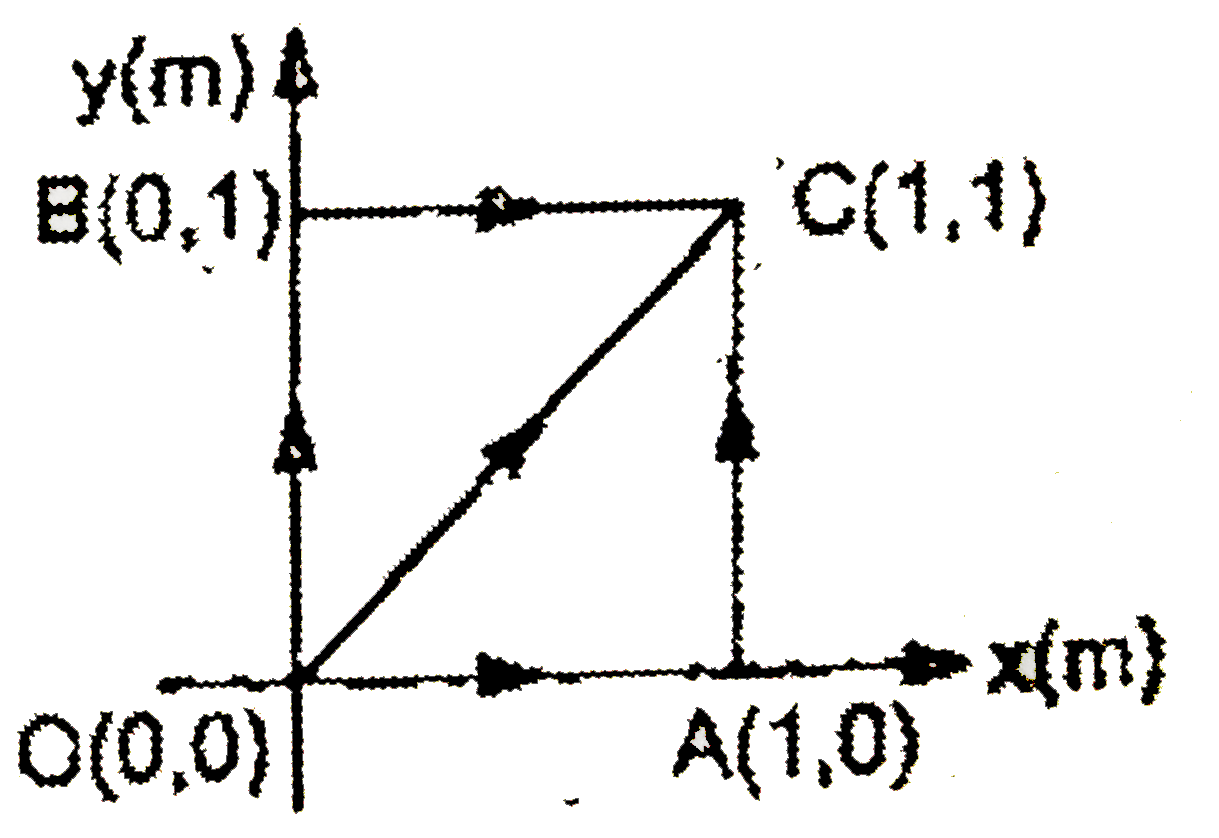 View Solution
View SolutionIf →F=yˆi+xˆj then find out the work done in moving the particle from position (2,3) to (5,6)
View Solution
Knowledge Check
- Question 1 - Select One
One of the forces acting on a certain particle depends on the particle's position in the xy-plane. This force →F expressed in newtons, is given by the expression →F=(xyˆi+xyˆj) where x and y are in metres. The particle is moved from O to C through three different paths :-
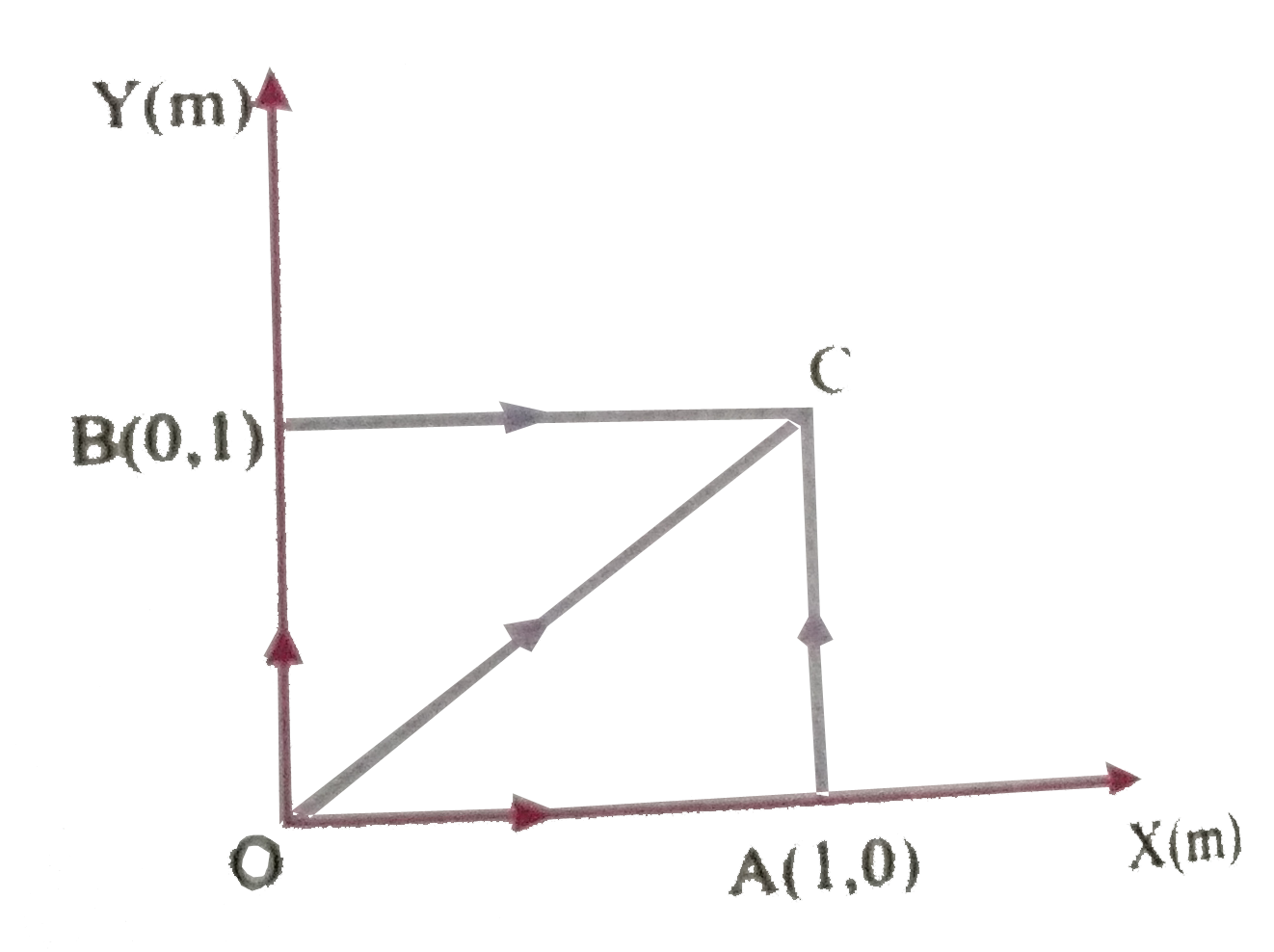
Which of the following can be negative ?AKinetic energyBPotential energyCChemical EnergyDAll of these - Question 2 - Select One
Force acting on a particle moving in the x−y plane is →F=(y2ˆi+xˆj)N,x and y are in metre. As shown in fig. the particle moves from the origin O to point A(6m,6m). The figure shows three paths, OLA,OMA and OA for the motion of the particle from O to A.
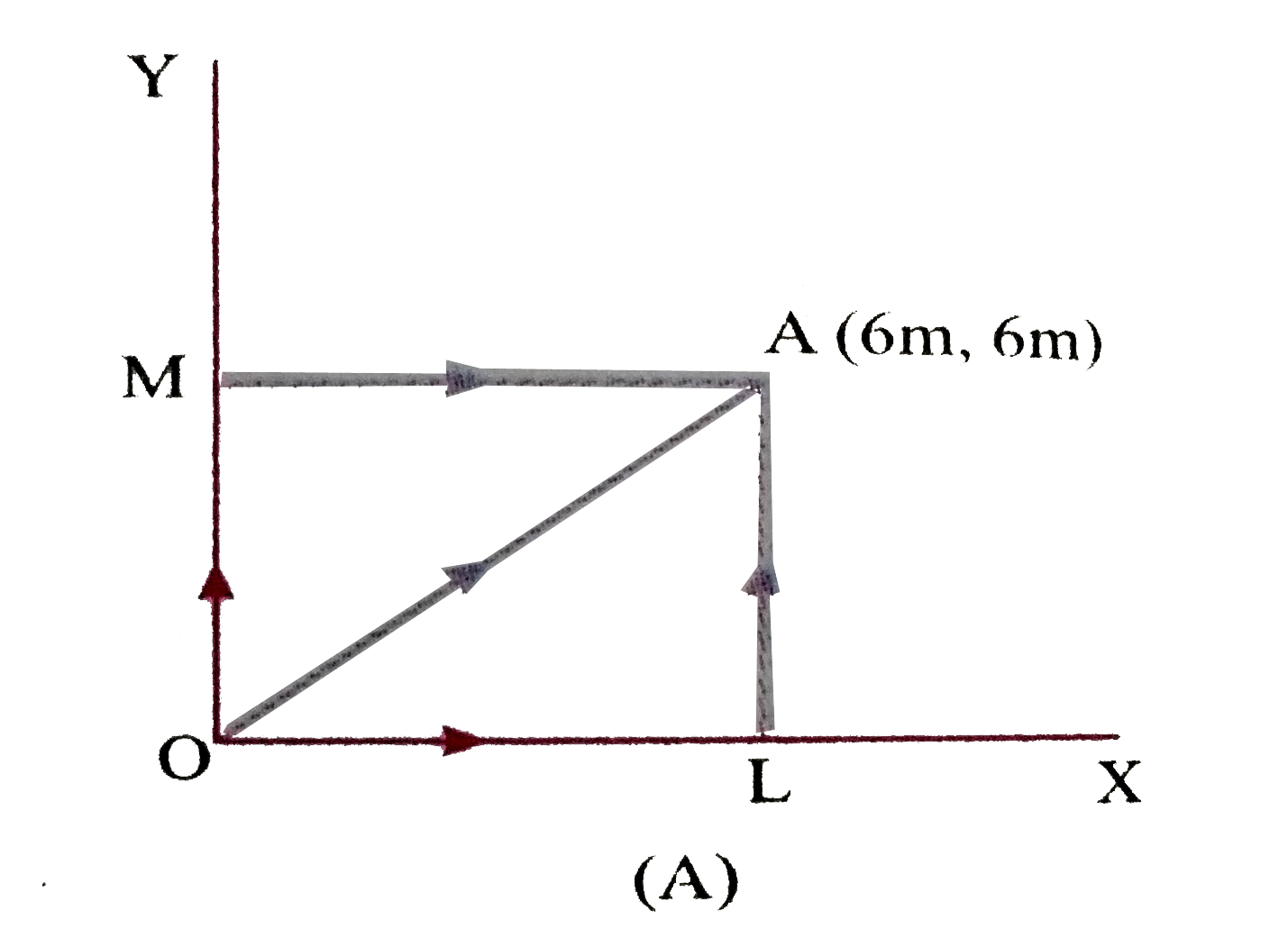
Work done for motion along path OA is nearlyA383JB90JC180JD1811J - Question 3 - Select One
Consider a force acting on a particle given as →F=yˆi+xˆj , where ( x, y ) is the instantaneous location of the particle. This type of force is :
ASurely a conservation forceBSurely a non-conservation forceCInformation insufficient to reach to a conclusionDWill be conservation only if the particle is constrained to move in the x-y plane.
A force F acting on a particle varies with the position x as shown in figure. Find the work done by this force in displacing the particle from
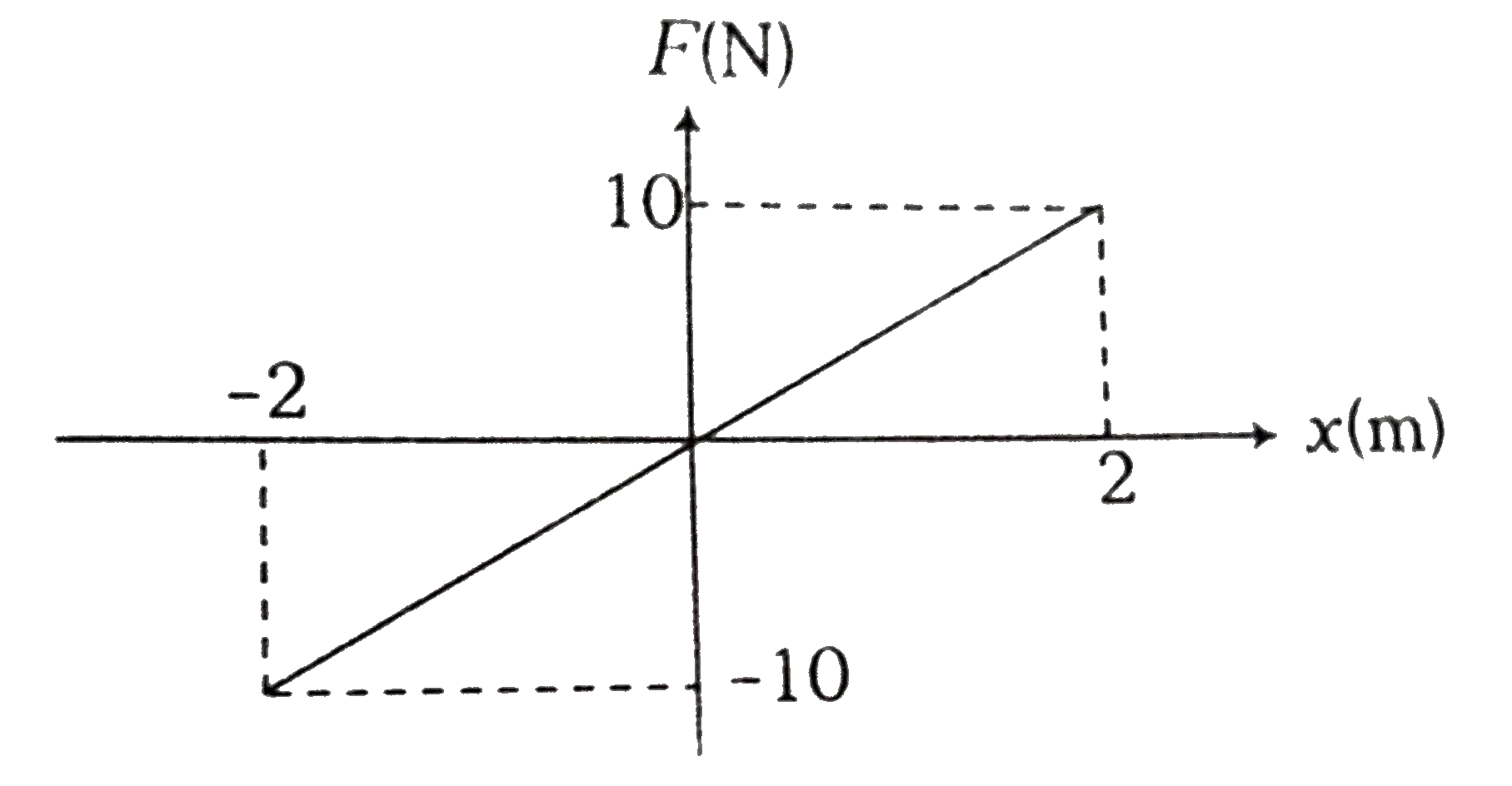 View Solution
View SolutionA force F = (4.0xˆi+3.0yˆj) N acts on a particle which moves in the x-direction from the origin to x = 5.0 m. Find the work done on the object by the force.
View SolutionA particle of mass m is moving in the xy-plane such that its velocity at a point (x,y) is given as →v = α(yˆx+2xˆy) where α is a non-zero constant. What is the force →F acting on the particle?
View SolutionA particle is moving in xy-plane in circular path with centre at origin.If at an instant the position of particle is given by 1√2(ˆi+ˆj) Then velocity of particle is along
View SolutionA force ¯¯¯F=(3 hati-4 hatj +b hat k)N is acting on the particle which is moving from point A ( 0-1, 1) m to the point B(2, 2 3) m If net work done by the force on the particle is zero then value of b is
View Solution

